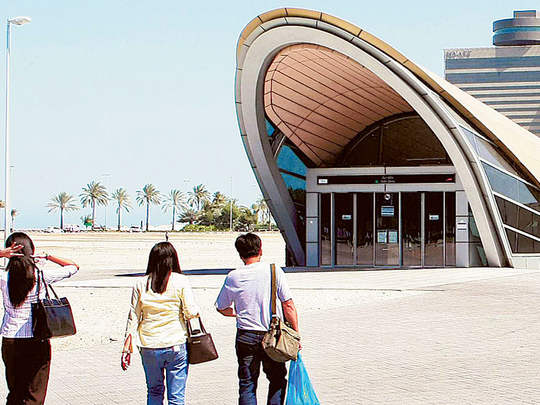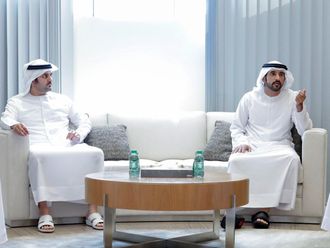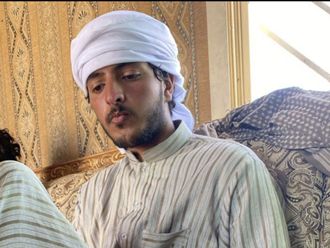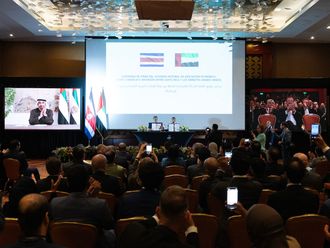
Dubai: Hoping off and hoping on between various modes of transport with ease is the central idea of Dubai’s expanding public transport network.
The Roads and Transport Authority (RTA) has managed to connect metro, buses, taxis and marine transport at a number of locations through large and small hubs across the city.
The biggest among these hubs is the Al Ghubaiba station which serves around 3 million passengers annually through buses, metro and marine transport.
Al Ghubaiba is Dubai’s biggest transport hub, with an underground metro station, a marine station that offers ferry, water bus and abra services as well as a bus station that offers round the clock service on urban and intercity routes.
“RTA aims to integrate various modes of transport at different areas for the ease of people, and accordingly, a number of stations are integrated with different modes of public transport, such as Al Ghubaiba station, which is integrated with metro, intercity buses, urban buses, Dubai Ferry, Water Taxi, Abra, Water Bus and taxis,” said Nasser Abu Shehab, Director Strategic Transport Planning, RTA.
Integration and connectivity are central to RTA’s urban and transport planning with many new modes of transports like Dubai Tram also getting a connectivity with other modes of transport.
“Integration and sustainability are the key factors that RTA considers whilst planning and implementing its public transport services,” said Abu Shehab.
“Accordingly, the RTA has provided an ever-expanding network of public transport services, which include the metro, the tram, buses and marine transport. They cover the urban areas of Dubai as well as the sub-urban areas and also connect with other emirates,” said Abu Shehab.
Though Al Ghubaiba is the biggest transport hub in terms of connectivity, Union station is the busiest as connects with two metro stations as well as buses.
Almost five million commuters use Union station annually, though as a hub it only supports three modes of transport in metro, buses and taxis.
“The fact that the Union station is the biggest metro station, covering two metro lines, and also supports a wide network of buses, it has remained the most popular station. Its central local has also played a key role, and location plays a key role when building a hub,” added Abu Shehab.
Apart from the bigger hubs, RTA is currently focusing building several smaller hubs that offers easy connectivity for commuters.
One of the newest hub is the Damac station in Dubai Marina that connects Dubai Metro with the newly opened Dubai Tram as well as providing a quick access to the Dubai Marina marine station just a few metres away.
The hub is already proving to be very popular, with 80,000 people taking the tram from Dubai Marina tram station, while connected metro station supports around 2.4 million people annually.
Jumeirah Lakes Towers station, which also links Dubai Tram with Dubai Metro, was the second most popular tram station in the first month of its operation, speaking volumes about the benefits of integration.
“We have connected the Dubai Tram with metro and marine services at the Damac metro station and JLT metro stations that are proving to be very handy among both residents and tourists,” said Abu Shehab.
Integration is also at work at the Palm Jumeirah Station, where the tram, the monorail and buses connect to become a minor transport hub.
The station also offers a small parking facility that allows commuters for easy park and ride.
Another new transport hub is the Palm Deira station, where an underground metro station and a recently built bus station are proving to be very handy.
The Palm Deira bus station was built a few months ago, after the Golf Souq bus station was closed down for redevelopment.
For people driving from other emirates and sub-urban areas, at least for metro station offer park and ride facilities.
“The idea is to encourage people to drop their cars at these dedicated parking facilities and continue their onward journey into the city through metro and other modes of transport. We have Park and Ride facilities at Rashidiya and Etisalat stations as well as at Nakheel Harbour and Towers, which can accommodated thousands of cars,” he said.












